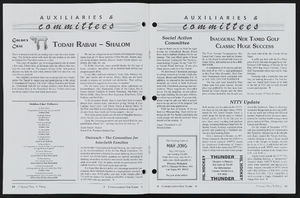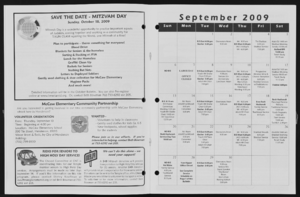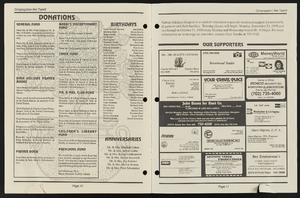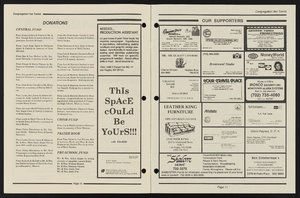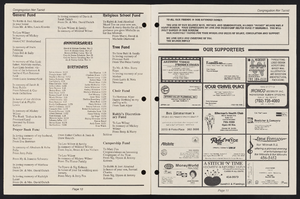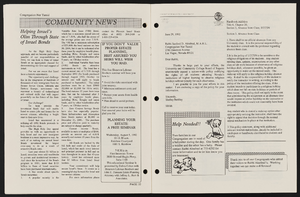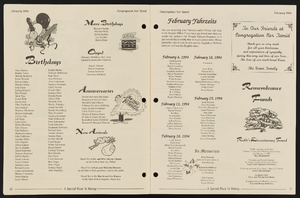Search the Special Collections and Archives Portal
Search Results
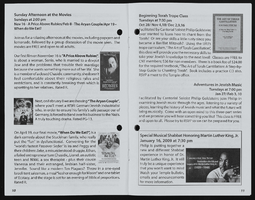
Congregation Ner Tamid pamphlet: "A Sweet Year of Programming & Events, 5769 (2008-2009)"
Date
2008 to 2009
Archival Collection
Description
A Sweet Year of Programming & Events pamphlet for adult education, family programming, and special events from Congregation Ner Tamid on the Greenspun Campus for Jewish life, learning, and spiritual renewal. The pamphlet includes information on news, meetings, events, statements, and book reviews.
Mixed Content
Pagination
Refine my results
Content Type
Creator or Contributor
Subject
Archival Collection
Digital Project
Resource Type
Year
Material Type
Place
Language
Records Classification


